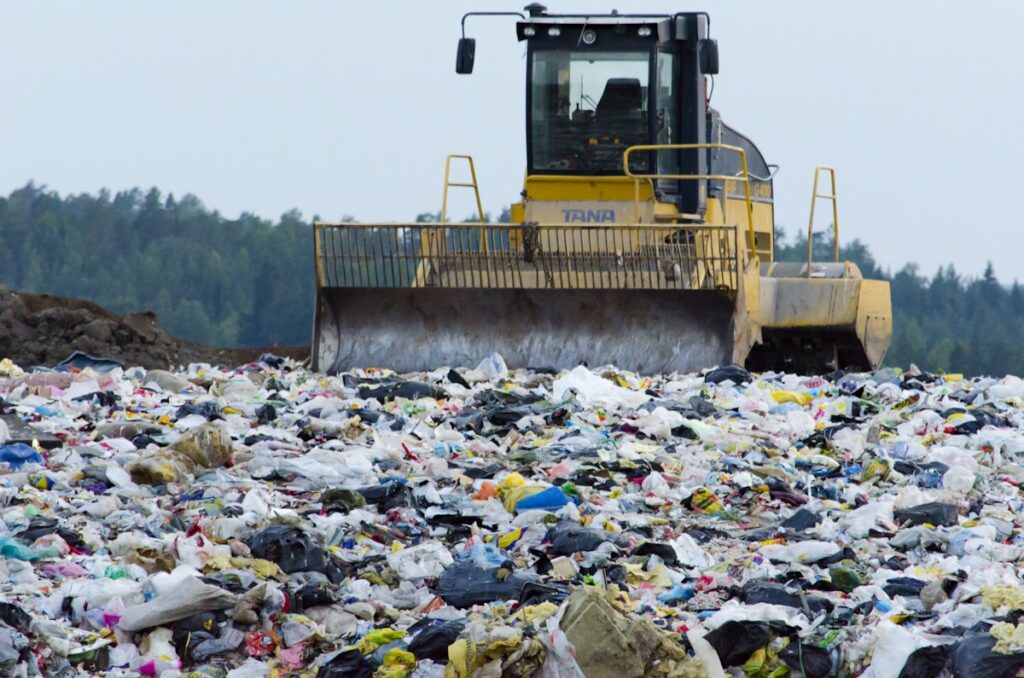
Biodegradable Plastics in Clothing: A Sustainable Alternative or Temporary Solution?
By Bryan LeBlanc | 10/13/2024 | 4 min read
Biodegradable Plastics in Clothing: A Sustainable Alternative or Temporary Solution?
The fashion industry, responsible for producing millions of garments annually, faces growing pressure to reduce its environmental impact. One of the proposed solutions is the use of biodegradable plastics in clothing. While conventional plastics like polyester and nylon are notorious for their environmental harm, biodegradable plastics promise a greener future for the industry. But is this shift toward biodegradability truly sustainable, or is it merely a short-term fix?
What Are Biodegradable Plastics?
Biodegradable plastics are designed to break down more quickly under natural environmental conditions compared to traditional plastics, which can persist for hundreds of years. These materials decompose with the help of bacteria, fungi, or other living organisms. Biodegradable plastics can be made from plant-based sources such as corn starch or sugarcane, or from synthetic compounds engineered to break down faster.
When used in clothing, biodegradable plastics can be woven into fibers similar to traditional synthetics like polyester. The idea is that once the clothing reaches the end of its life cycle, the material will naturally decompose, reducing the environmental burden of waste.
Current Applications in Fashion
Some fashion brands have already begun experimenting with biodegradable plastics:
- Stella McCartney, a leader in sustainable luxury fashion, has started incorporating biodegradable plastic alternatives into her designs.
- Adidas has released sneakers made from biodegradable synthetic fibers, as part of its push towards reducing its carbon footprint.
- Pangaia, known for its eco-friendly streetwear, incorporates biodegradable textiles into its product lines, combining sustainability with performance.
These initiatives represent the beginning of a larger shift in the industry, as companies explore alternatives to the environmentally damaging synthetics that dominate fashion.
The Benefits of Biodegradable Plastics in Fashion
-
Reducing Plastic Pollution: One of the primary advantages of biodegradable plastics is their ability to break down in the environment, reducing the plastic waste problem. Traditional plastics used in clothing can take hundreds of years to degrade, contributing to the global plastic pollution crisis. Biodegradable alternatives, if properly processed, could alleviate some of these issues.
-
Lower Carbon Footprint: Plant-based biodegradable plastics often have a smaller carbon footprint than their petroleum-based counterparts. Growing plants like corn or sugarcane for plastic production captures CO2, potentially making these materials more climate-friendly.
-
Circular Fashion Models: With biodegradability, the fashion industry can move toward more circular production models, where products are made, used, and then returned to the earth without causing lasting harm.
Challenges and Criticisms
Despite the apparent benefits, biodegradable plastics face significant challenges:
-
Decomposition Conditions: Many biodegradable plastics require specific conditions to break down, such as industrial composting facilities, which may not be widely available. If these materials are disposed of in landfills or oceans, they might still take years to degrade, diminishing the environmental benefits.
-
Microplastic Pollution: Even biodegradable plastics can break down into microplastics during the decomposition process. These tiny particles can still enter waterways and harm marine ecosystems, contributing to the ongoing problem of microplastic pollution.
-
Resource Use: The cultivation of crops like corn and sugarcane for plastic production competes with food agriculture and can lead to deforestation or water shortages in some regions. While biodegradable plastics may reduce reliance on fossil fuels, they bring their own set of environmental trade-offs.
-
Limited Durability: Clothing made from biodegradable plastics may not last as long as traditional fabrics, leading to concerns about durability and product longevity. This poses a challenge for consumers who want both sustainability and high-quality products.
The Future of Biodegradable Plastics in Fashion
While biodegradable plastics offer a promising alternative to traditional synthetics, they are not a silver bullet. For these materials to have a truly positive impact, infrastructure must be developed to ensure proper decomposition, and the fashion industry must shift toward more sustainable production practices overall.
Collaborative efforts between brands, scientists, and policymakers will be crucial. The potential of biodegradable plastics lies not only in their ability to decompose but in how they fit into a larger strategy for reducing the fashion industry's environmental impact. Brands that invest in biodegradable materials must also focus on responsible design, minimizing waste, and promoting longer product life cycles.